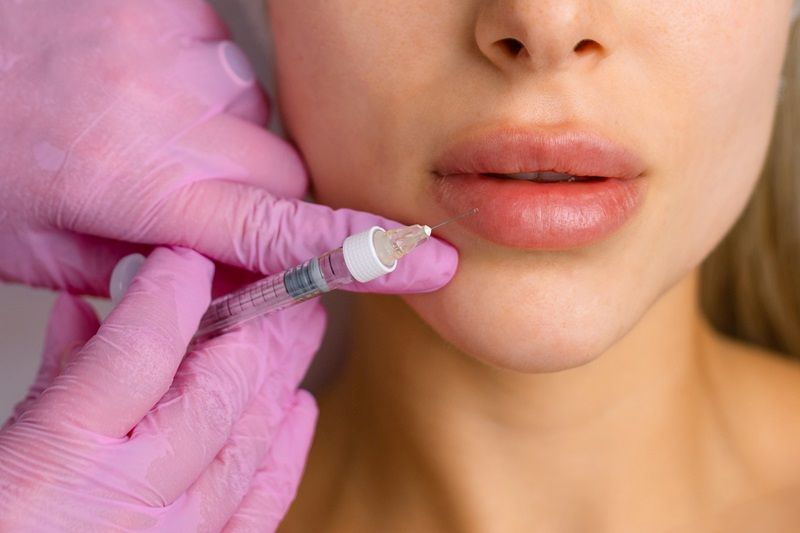In today’s digital-first world, screens are ever-present—from school and homework to social media and entertainment. For teenage girls in particular, screen time has become an integral part of daily life. While technology opens doors to learning and social interaction, a growing body of research shows a concerning link between excessive screen time and rising rates of depression and anxiety among adolescent girls.
So, what’s really going on behind those glowing screens—and more importantly, how can parents and caregivers support their teens in developing a healthier digital relationship?
The Mental Health Impact of Screen Time on Teen Girls
The Science Behind the Screen
Studies published in JAMA Pediatrics and other peer-reviewed journals have found a correlation between increased screen time—especially social media use—and higher rates of depressive symptoms in teen girls. Unlike boys, who are more likely to use screens for gaming or active engagement, girls often use them for social comparison, which can negatively affect self-esteem and emotional well-being.
Why Are Teen Girls More Vulnerable?
1. Social Comparison
Social platforms like Instagram, TikTok, and YouTube Shorts often present curated, idealized lifestyles. Constant exposure can lead to unrealistic expectations and a decline in self-worth.
2. Cyberbullying
Teen girls are statistically more likely to face online harassment. Cyberbullying can lead to emotional distress, social withdrawal, and even clinical depression.
3. Sleep Disruption
Late-night scrolling or binge-watching disrupts sleep cycles, and poor sleep is closely linked to mood disorders and cognitive issues.
4. Reduced Physical Activity
More screen time typically means less time outdoors or engaging in physical activity—both essential for mental health and energy levels.
Warning Signs of Digital Overload or Depression
It’s not always obvious when a teen is struggling, but these signs may suggest it’s time for a conversation or professional support:
- Withdrawal from family and friends
- Changes in sleep or eating patterns
- Declining academic performance
- Mood swings or irritability
- Loss of interest in hobbies or activities
If these symptoms persist, consult a pediatrician or a mental health specialist.
How Parents Can Help: Practical Tips
1. Set Boundaries Together
Involve your teen in creating screen time rules. Tools like Apple Screen Time or Android Digital Wellbeing can help track usage and set limits.
2. Designate Tech-Free Zones
Keep spaces like the dinner table and bedrooms screen-free to encourage face-to-face connection and better sleep hygiene.
3. Encourage Offline Hobbies
Support non-digital interests like sports, music, art, or volunteering. These promote a sense of accomplishment and self-worth.
4. Be a Role Model
Teens notice your habits. Demonstrate healthy screen use by setting your own boundaries and engaging in offline activities.
5. Foster Open Dialogue
Create a safe, judgment-free space where your teen can talk about their online experiences. Being heard can make a huge difference.
Bottom Line
Technology isn’t the enemy—but how we use it matters. For teen girls, balancing screen time with offline activities, real-world relationships, and emotional self-care is key to developing long-term resilience and mental well-being. With mindful guidance, parents and caregivers can empower teens to thrive in the digital age.
Frequently Asked Questions
How much screen time is too much for teens?
Experts generally recommend no more than 2 hours per day of recreational screen time for teens, excluding schoolwork. However, the quality of screen time often matters more than the quantity.
Can screen time ever be beneficial?
Yes! Educational apps, digital art, and video chats with friends can promote learning and connection. The key is purposeful, balanced use.
What’s the best way to introduce screen time limits?
Start by involving your teen in the conversation. Frame it as a joint effort to prioritize health rather than enforce control. Use tools and charts to visualize goals.
Are some apps more harmful than others?
Social media apps that promote appearance-focused content or encourage comparison (like Instagram or TikTok) can be more harmful, especially for teen girls.
What should I do if my teen resists screen time rules?
Consistency is key. Reinforce the why behind the rules, offer appealing offline alternatives, and set a good example yourself. If conflicts persist, consider involving a therapist or counselor.











Leave a Reply